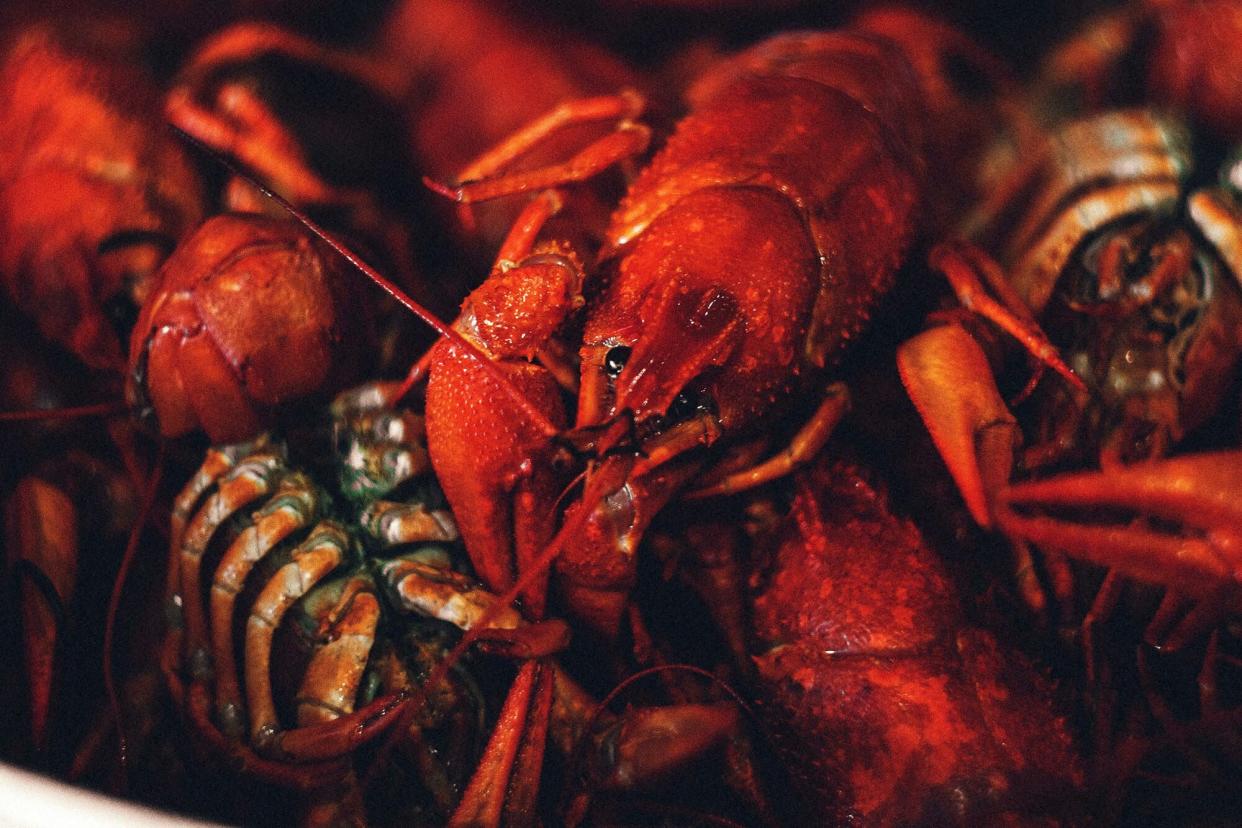American Lobster Put on 'Red List' for Seafood Sustainability

Stanislav Sapovalov / EyeEm / Getty Images
Earlier this week, the Monterey Bay Aquarium's Seafood Watch program added the American lobster, snow crab, Atlantic rock crab, and other species that are caught in pots, traps, or gillnets to its "red list." The organization rates the sustainability of seafood using a four color scale, which ranges from green ("Best Choice") to red ("Avoid"). On previous lists, American lobster had an amber rating, which designated it as a "Good Alternative" to other, less-sustainably caught options, with the caveat that lobster consumers should "Be aware of concerns" related to its harvest methods.
The newly red-listed species includes American lobster that have been caught in both U.S. and Canadian waters. Seafood Watch explained that it downgraded the species to its red list because "current Canadian and U.S. management measures do not go far enough to mitigate entanglement risks and promote recovery of the North Atlantic right whale."
The organization says that the right whale is in danger of going extinct, and getting caught in fishing gear is the leading cause of both injury and death to the species. According to Seafood Watch, there are only 340 North Atlantic right whales in existence today, and 80 percent of right whales have gotten caught in fishing gear at least once during their lifetimes.
According to the Associated Press, a significant number of restaurant chains and food-based businesses rely on Seafood Watch's recommendations to determine which species they feature on their menus. Meal kit delivery service Blue Apron told the outlet that it had pulled its seasonal lobster box well before the updated ratings were released, but HelloFresh said that due to lobster's appearance on the red list, it would no longer offer that particular crustacean.
"HelloFresh is committed to responsible sourcing and follows guidelines from the Monterey Bay Aquarium Seafood Watch program," a HelloFresh spokesperson told the AP.
Perhaps unsurprisingly, lobster's appearance on the red list wasn't exactly welcome news in Maine, the state that accounts for over 80 percent of the lobster that are caught in the U.S. Anne Tselikis, the executive director of the Maine Lobster Dealers' Association, told the Bangor Daily News that the state's lobstermen are already subject to increased regulations regarding the kinds of lines, pots, and other gear they could use, and that no deaths of right whales had been attributed to their equipment.
"They have increased the amount of regulation changes and gear changes and additional restrictions in the last 20 years," she told the outlet. "To have Seafood Watch red list lobster is incredibly frustrating and not accurate."
Maine governor Janet Mills echoed those sentiments. "[T]here has not been a right whale entanglement attributed to Maine lobster gear in eighteen years," Mills wrote in a statement quoted by WMTW. "This designation is flat out wrong. It sends the wrong message about Maine lobster, and it insults thousands of hardworking lobstermen who risk their lives to put food on the table while practicing responsible stewardship and taking action to protect whales. Consumers and businesses must see through this list and recognize that lobstermen are partners in conservation and sustainability and that the delicious Maine lobster can and should continue to be enjoyed."
That red list designation is not a permanent one, however. Seafood Watch said that it was "committed" to reviewing any new information that demonstrated a decreased number of right whales getting tangled in fishing gear. To push for just that, the Maine Lobster Marketing Collaborative has launched a change.org petition (currently over 1,100 signatures strong) to ask for that review immediately.
Until then, it lists 154 U.S. species as "Best Choice" seafood options.

